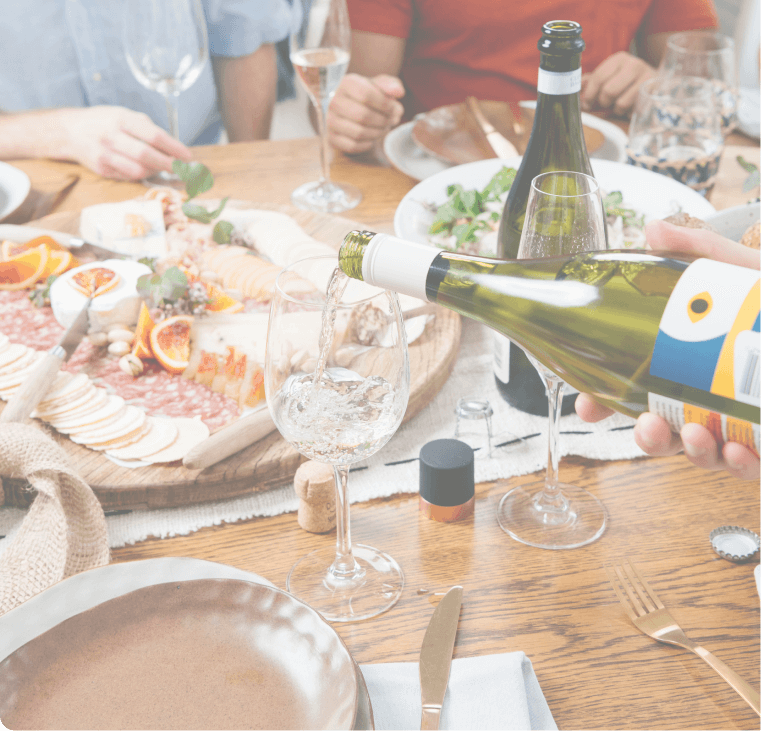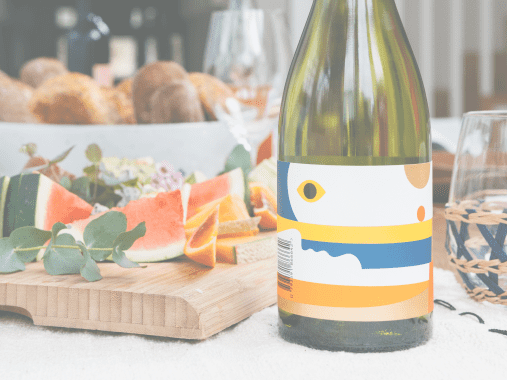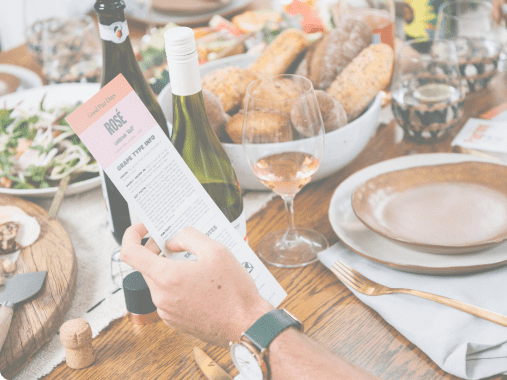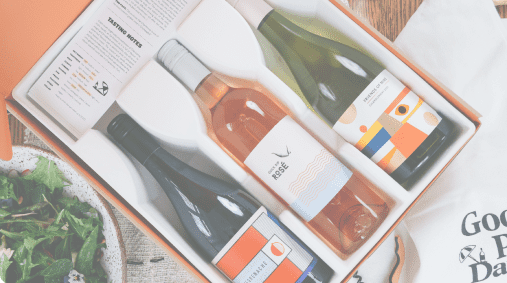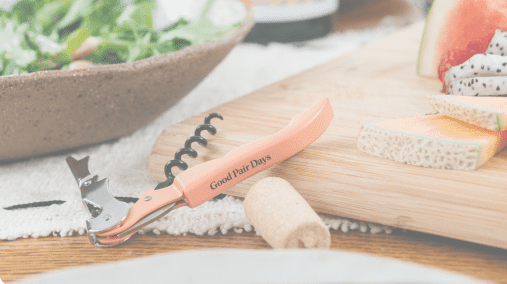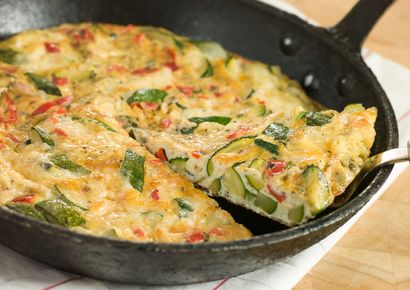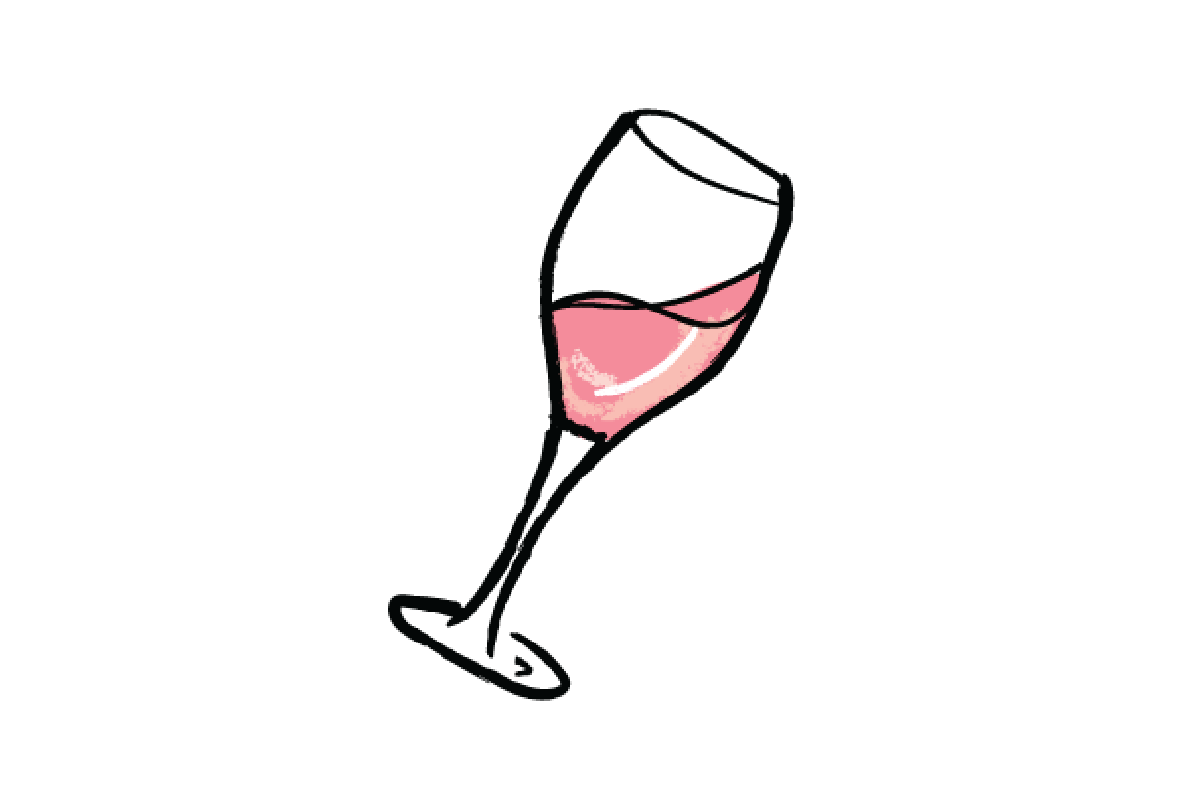Maison Johanès Boubée 'Les Sonnailles' Rosé 2024
Primary flavours

Berries

Cherry

Savoury
Details
The French claim to be the best in the world for cheese, pastries, football, fashion, wine.. Of course and a million other things for. Perhaps one thing they have nailed is good quality rosé, and while we don’t need to give them a big head, the Les Sonnailles rosé, with a blend of Cinsault and Grenache, does manage to tick all the boxes required when you are really thirsty on a hot day and need something chilled, refreshing and delicious.
Origin: The spiritual home of rosé is Provence, in Southern France. Mainly Grown In: Rosé is found all over the world these days, but coastal regions are especially well suited to the growing of red grapes for rosé. Key Facts: Rosé is predominantly made from red grape varieties. The colour in wine is actually from pigments found in the skins of the grapes, so even red grapes have clear-coloured juice. The colour is then ‘bled’ out of the skins by infusing the skins into the juice. So for rosé, the wine simply spends far less time hanging out with the skins! Rarely you will find a rosé that is a combo of white and red grapes – they’re not ‘less good’, just less common. Rosé is super versatile – it suits any occasion. Best to always have a bottle in the fridge, just in case, you know… Wednesday happens or something. Fun Fact: Pale pink rosé has become the queen bee among consumers because it has built a reputation for being the lightest and driest. However, just because a rosé is darker in colour, does not mean it is sweet! And some rosé with more colour also has more character, flavour and is just as refreshing.
Origin: The spiritual home of rosé is Provence, in Southern France. Mainly Grown In: Rosé is found all over the world these days, but coastal regions are especially well suited to the growing of red grapes for rosé. Key Facts: Rosé is predominantly made from red grape varieties. The colour in wine is actually from pigments found in the skins of the grapes, so even red grapes have clear-coloured juice. The colour is then ‘bled’ out of the skins by infusing the skins into the juice. So for rosé, the wine simply spends far less time hanging out with the skins! Rarely you will find a rosé that is a combo of white and red grapes – they’re not ‘less good’, just less common. Rosé is super versatile – it suits any occasion. Best to always have a bottle in the fridge, just in case, you know… Wednesday happens or something. Fun Fact: Pale pink rosé has become the queen bee among consumers because it has built a reputation for being the lightest and driest. However, just because a rosé is darker in colour, does not mean it is sweet! And some rosé with more colour also has more character, flavour and is just as refreshing.
Read more
Taste Profile
This wine’s tasting notes.
Sweetness

lowmediumhigh
Body

lightmediumfull
Fruitiness

nonesomelots
Tannins

lowmediumhigh
Acidity

lowmediumhigh
Oak

nonesomelots
Alcohol

low
(under 12%)medium
(12-14%)high
(14%+)
Taste Summary
This wine’s tasting notes are leaning towards light bodied, low sweetness, with medium acidity, some fruitiness, low tannins, low alcohol and no oak.
Specs
Region
France
country
France
Grape type
Rosé
Wine Maker
Maison Johanès Boubée
Alcohol
11%
Vintage
2024
Cellar period
1-3 years
Closure
Cork (Synthetic)
Production method
Conventionally Made
Temperature
Cold 5°C-8°C
collection
Pairing guide
A gorgeous interpretation of a truly classic rosé wine style, this gorgeous pink wine from Maison Johanès Boubée captured our attention from the very first sip. When it comes to food pairing, this bottle is going to match brilliantly with combinations of chicken with prosciutto or other cured meats, as well as with fattier fish like salmon and tuna steak. Salads featuring halloumi or feta cheese, ham and cheese tarts or quiches, and even medium-spiced Indian curries will provide excellent pairings to try.
Read more
Food

Pizza

Antipasto

Hot & Spicy
Tastes

Crisp
Moods

Bored
Seasons

Summer
Recipe Matches

